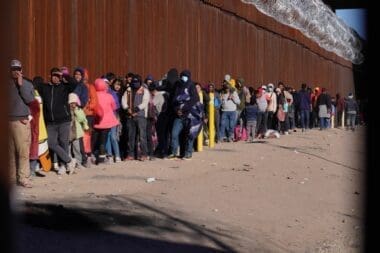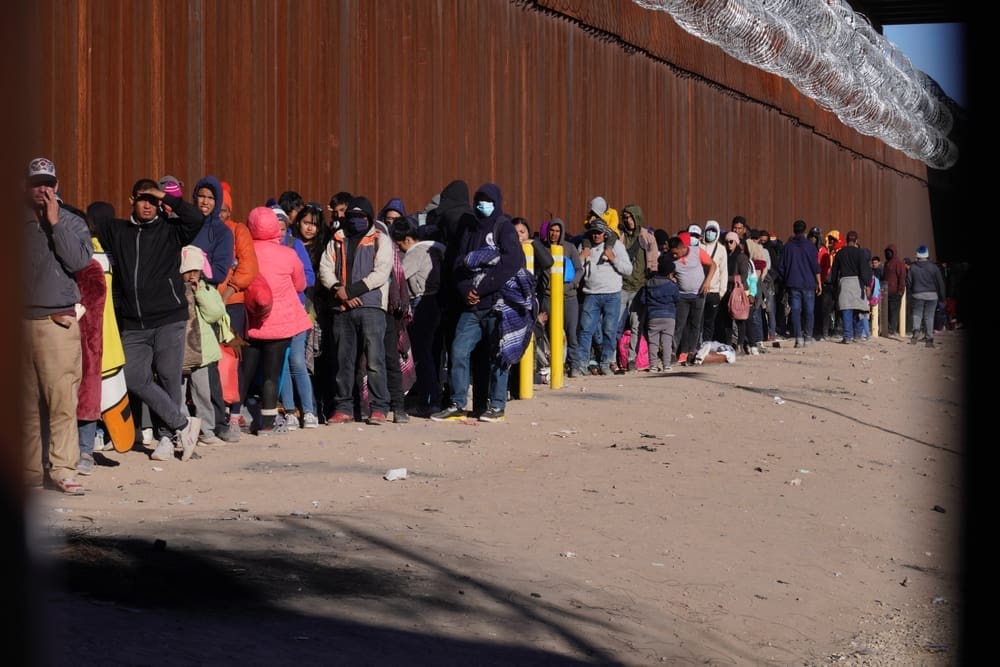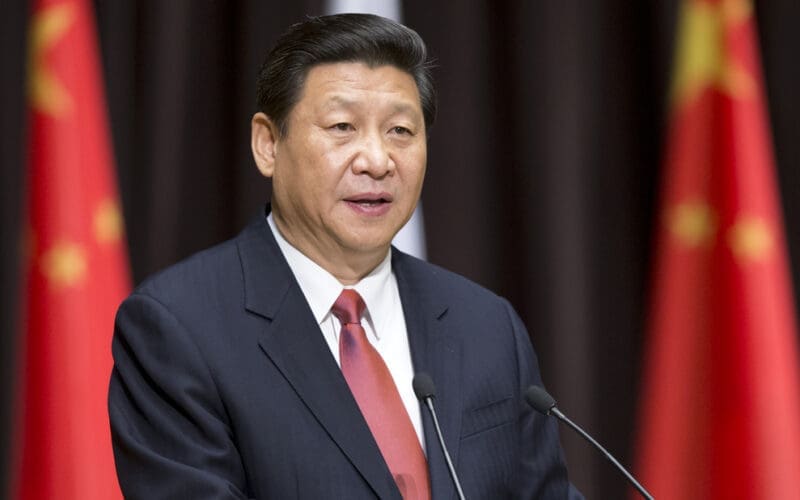In light of recent policies limiting U.S. asylum access, many migrants are shifting their focus towards starting anew in Mexico. This shift comes after measures by President Donald Trump effectively closed doors for asylum-seekers at the southern U.S. border.
A notable example is Angelica Delgado, a 23-year-old from Cuba, who initially intended to seek asylum in the United States. After the U.S. imposed stricter immigration measures, she decided to pursue asylum in Mexico instead. ‘Like almost all Cubans, our objective was to go to the United States,’ she stated. ‘It wasn’t in our plans to stay, but now we have to face reality.’
In January, applications for asylum in Mexico surged, more than tripling the average from the previous year. This increase is attributed to the restrictive asylum policies enacted by the Trump administration, which have prompted individuals from various countries, including Cuba, Venezuela, Haiti, and Afghanistan, to explore opportunities in Mexico.
Andrés Ramírez, the former director of the Mexican Commission for Refugee Aid, noted the impact of U.S. policies on asylum applications in Mexico, explaining that these policies are ‘leading more people to seek international protection in Mexico.’
Previously, many migrants relied on the CBP One app to schedule asylum appointments in the U.S. However, the recent cancellation of this app by the Trump administration left many stranded and reconsidering Mexico as an alternative. Migrants who had appointments in the U.S. found themselves unable to proceed, contributing to the growing interest in Mexican asylum.
The backlog of asylum applicants raises questions about Mexico’s capacity to handle the influx, although the government, under President Claudia Sheinbaum, has increased funding to manage the situation. Despite these efforts, only a limited number of applications can be processed daily, highlighting the challenges faced by Mexican authorities.
Harry Luzardo, a Venezuelan asylum-seeker, shared his experiences of seeking refuge in Mexico after facing difficulties in countries like Ecuador and Chile. He expressed that life in Mexico is a step up from his previous experiences. Still, like many others, he hopes to eventually join family in the U.S., though for now, he is content with the opportunities Mexico offers.
This growing trend underscores a change in the aspirations of many asylum-seekers, previously set on reaching the United States, and now adapting to the reality of seeking refuge in Mexico. Asylum-seekers like Delgado prefer to remain in Mexico rather than risk illegal entry into the U.S., as deportation could mean returning to oppressive conditions in their home countries.
The shift in focus from the traditional ‘American Dream’ to what some refer to as the ‘Mexican Dream’ illustrates the evolving landscape of migration in North America, driven by policy changes and socio-economic factors.
While Mexico becomes a new hope for many asylum-seekers due to restrictive U.S. policies, it also faces the challenge of accommodating the rising demand for refuge. This situation highlights the broader impact of immigration policies on global migration patterns.














